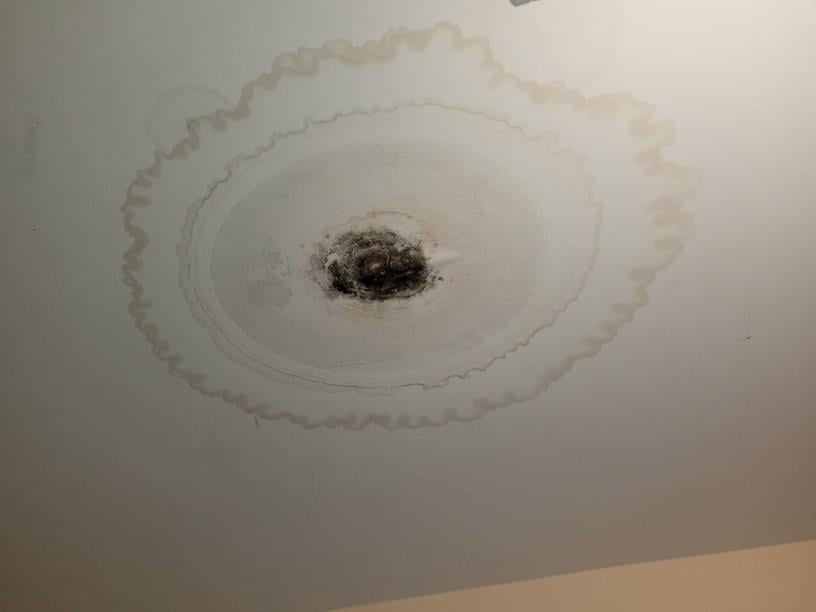Six Methods to Spot Covert Water Line Leaks Effectively
Six Methods to Spot Covert Water Line Leaks Effectively
Blog Article
This article which follows about Detecting hidden plumbing leaks is definitely intriguing. Don't miss it.

Early detection of leaking water lines can alleviate a possible catastrophe. Some small water leakages might not be noticeable.
1. Examine the Water Meter
Examining it is a surefire way that helps you discover leaks. If it relocates, that shows a fast-moving leakage. This suggests you might have a slow-moving leak that could even be underground.
2. Examine Water Intake
If you find unexpected changes, despite your intake being the exact same, it implies that you have leaks in your plumbing system. An abrupt spike in your costs suggests a fast-moving leak.
A constant boost every month, even with the very same practices, shows you have a slow-moving leak that's also gradually intensifying. Call a plumber to thoroughly examine your residential property, especially if you really feel a warm location on your floor with piping underneath.
3. Do a Food Coloring Examination
When it comes to water intake, 30% comes from toilets. If the shade in some way infiltrates your bowl throughout that time without flushing, there's a leak between the container as well as bowl.
4. Asses Exterior Lines
Do not forget to examine your exterior water lines as well. Examination faucets by attaching a garden hose pipe. Should water seep out of the connection, you have a loosened rubber gasket. Change this and also ensure all links are tight. If you've got an automatic sprinkler, it will certainly aid get it expertly took a look at and also kept yearly. One small leakage can lose lots of water and also increase your water costs.
5. Examine as well as Evaluate the Situation
House owners must make it a practice to inspect under the sink counters and even inside closets for any kind of bad odor or mold and mildew growth. These 2 red flags indicate a leakage so punctual focus is needed. Doing routine evaluations, even bi-annually, can conserve you from a significant trouble.
A lot more significantly, if you understand your home is currently old, maintain a watchful eye on your heating units, hoses, pipelines and so on. Look for discolorations and weakening as the majority of pipelines and also devices have a life expectancy. They will certainly also naturally degrade as a result of wear and tear. If you presume leaking water lines in your plumbing system, don't await it to intensify. Call an expert plumber immediately so you do not end up with an awful mess in your house.
Early detection of leaking water lines can minimize a prospective disaster. Some tiny water leaks might not be noticeable. Checking it is a guaranteed method that assists you uncover leaks. One little leak can lose tons of water and also spike your water expense.
If you suspect leaking water lines in your plumbing system, do not wait for it to escalate.
How to Know If Your Home Has a Hidden Leak
Water Meter Reveals Inexplicable Water Usage
If you’d like to test whether or not there’s a leak somewhere in your home, you can do this using your water meter. Here is how to conduct the test:
Don’t use any water in your home for at least 30 minutes; this also means not turning on faucets or water-using appliances.
Go outside, and check your water meter for activity.
If your water meter shows that there was activity, even though no one was using any water, this proves that there is a leak in your home.Visible Mold or Mildew Growth
Leaks behind walls create moist, dark environments that allow mold and mildew to grow and thrive. Eventually, you might see mold growth forming on the wall closest to a hidden leak.
If mold is growing in an area that receives a high amount of moisture, such as a bathroom, it may simply be an indication that better ventilation is needed. However, if you see mold growth on a wall or the ceiling in an area where you would not expect, you probably have a hidden leak.
Musty, Mildew Odor
Sometimes you might not be able to see the mold or mildew that is growing as a result of a leak. However, the smell can give the problem away just as easily. If you catch a whiff of something musty, there’s a good chance that old water is collecting somewhere in your home that you can’t see.
Stained/Warped Walls, Ceilings, or Floors
When your home soaks up water, a variety of red flags can become visible, including ceiling stains, bubbling drywall, warped walls, and sagging floors. While these issues can be caused by excess humidity, they can also be signs that a pipe or plumbing connection has started leaking behind your walls.
Inexplicably High Water Bill
After a while, you get a general sense for what your water bill should be. If you own a pool or sprinkler system, your bill will tend to be higher during summer. However, if you receive a water bill that seems especially high, and you can’t figure out what caused it, then you may have a hidden leak somewhere that’s increasing your bill.
https://www.plumbingjoint.com/blog/2019/july/how-to-know-if-your-home-has-a-hidden-leak/

As a devoted reader about Finding hidden leaks, I was thinking sharing that piece of content was smart. Make sure you set aside a second to promote this post if you liked it. We truly appreciate reading our article about Detecting hidden plumbing leaks.
Overflow? We can help! Report this page